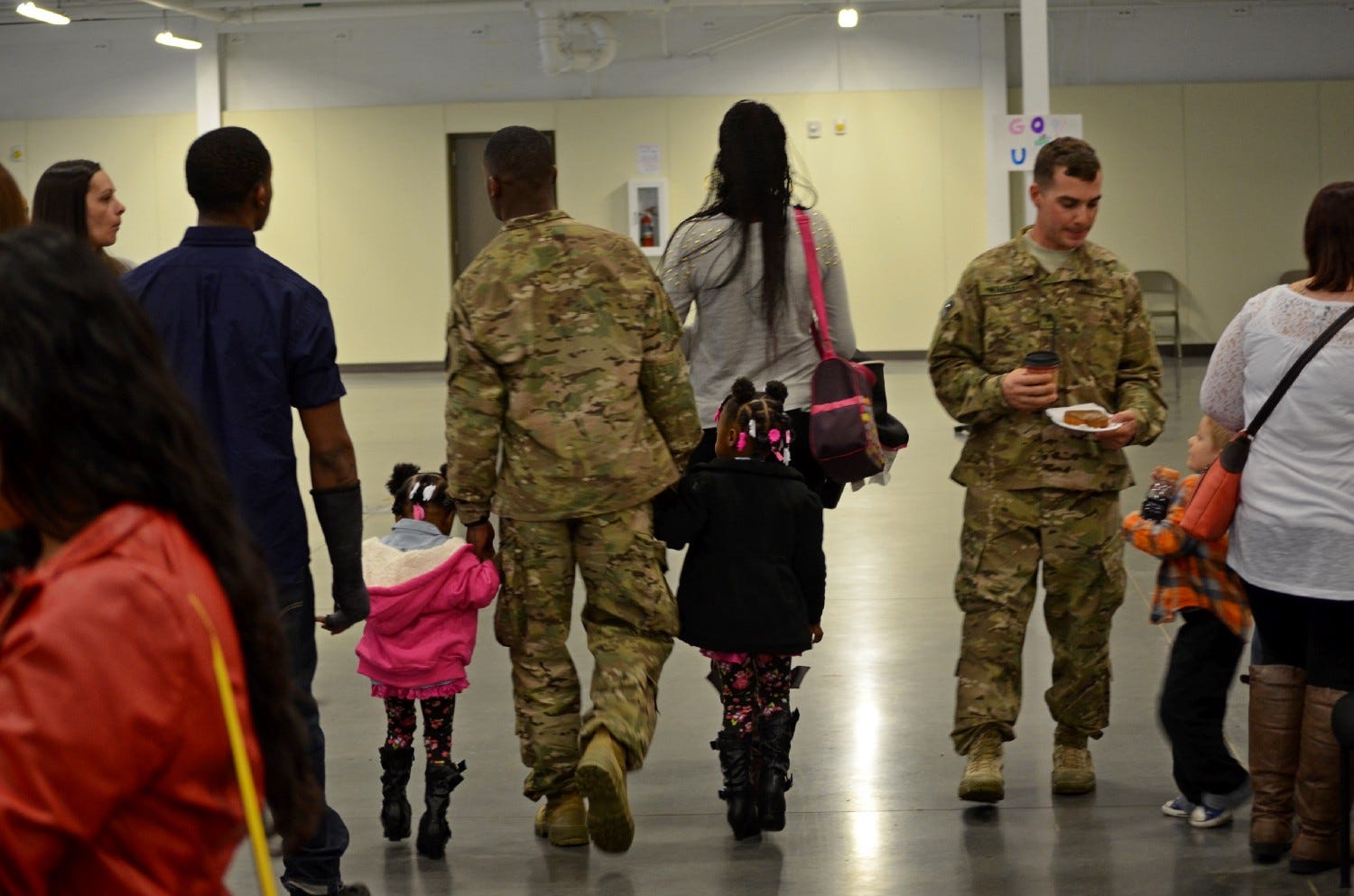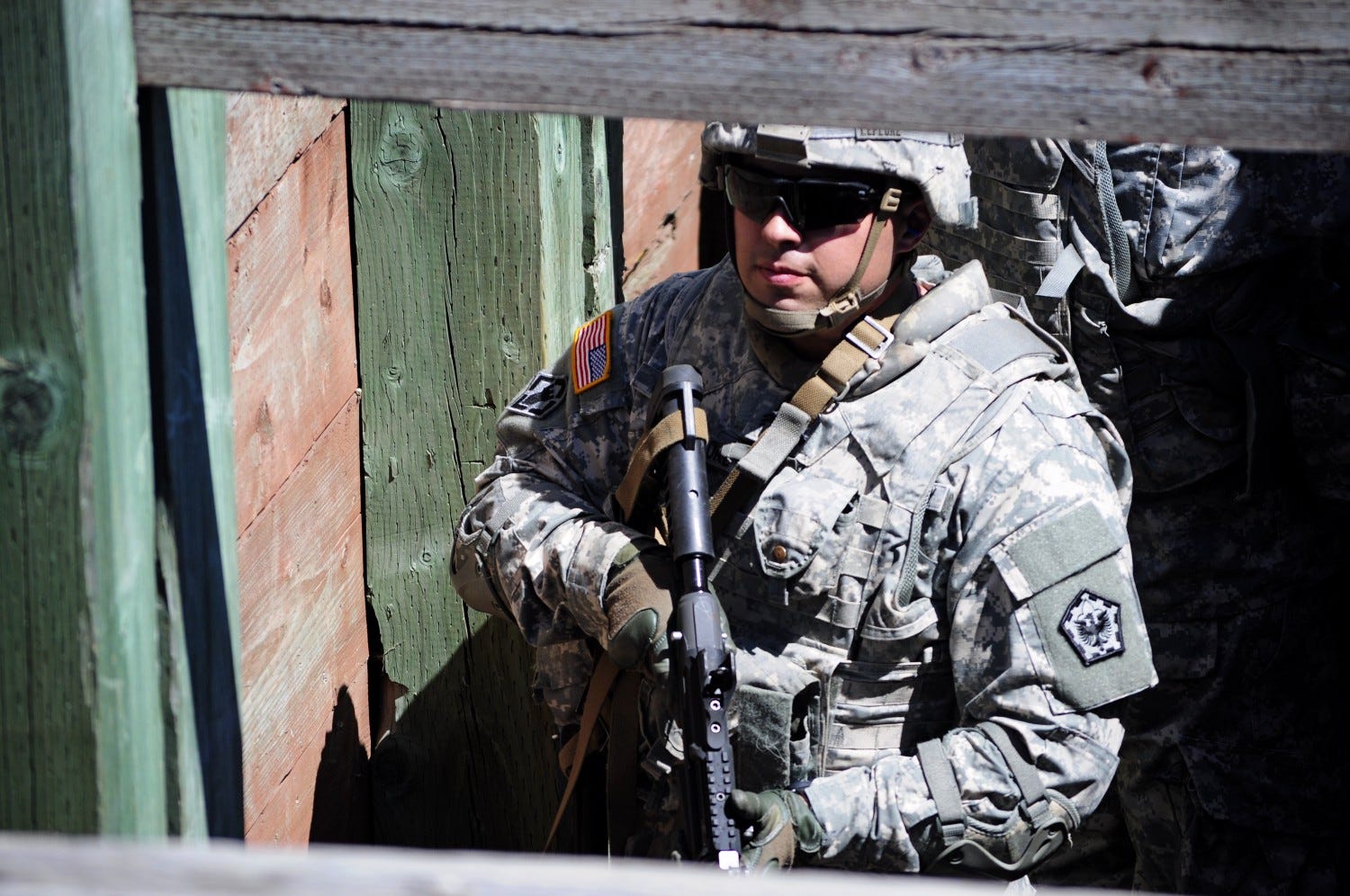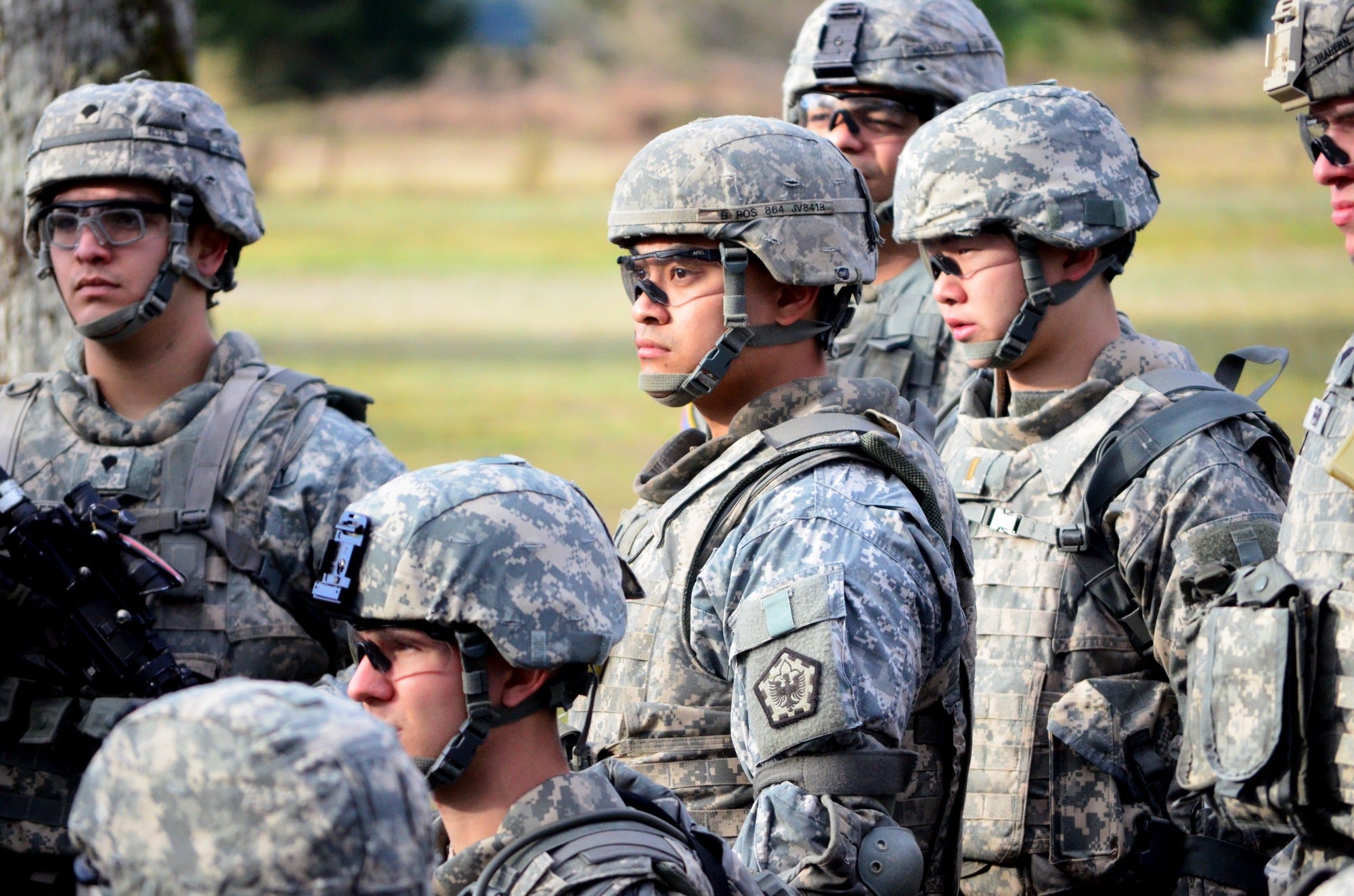Kevin Knodell
When president-elect Donald Trump takes office in January 2017 he will inherit a military conducting world-wide operations.
There’s the ongoing wars in Afghanistan, Iraq and Syria with U.S. troops on the ground. There are quieter U.S. operations in places like Somalia and Yemen. On top of that, the U.S. military continues to guard the demilitarized zone separating North and South Korea, patrol the vast expanse of the Pacific Ocean, man outposts in Europe and much more.
During his election campaign and after his victory in November 2016, the president-elect promised to increase the size of the U.S. military to meet commitments, as well as invest lavishly on new weapons systems.
However, finding people to join this endeavor could pose a challenge. While Americans are by and large enthusiastic about their country battling terrorists overseas, most take for granted that someone else will do the actual fighting.
In December 2015, the Harvard Institute of Politics released the eye-opening results of survey of Americans aged 18 to 29. The researchers found that 60 percent of these young people supported committing U.S. combat troops to fight Islamic State.
But an almost equal number — 62 percent — said they would “definitely not” join the fight personally. An additional 23 percent would “probably not” sign up to serve.
That left only 15 percent willing to actually participate in such an effort.
These numbers likely say less about the millennial generation than they do about America’s overall attitude toward military service. The data follows a decades long trend.
The all-volunteer force has been the norm since Pres. Richard Nixon ended the draft near the end of the Vietnam War. In the eyes of many Americans since, wars aren’t waged by citizens of a nation, but by professionals who specialize in the task.
 That’s a huge part to why inter-generational military families have increasingly borne the burden of waging America’s wars. However, according to the 2016 iteration of an annual survey by Blue Star Families, 57 percent of active duty families polled now say they wouldn’t recommend a military career for their children.
That’s a huge part to why inter-generational military families have increasingly borne the burden of waging America’s wars. However, according to the 2016 iteration of an annual survey by Blue Star Families, 57 percent of active duty families polled now say they wouldn’t recommend a military career for their children.
U.S. troops reunite with their families after a homecoming ceremony at Joint Base Lewis-McChord, Washington in October 2015. Kevin Knodell photo
Since Vietnam, the all-volunteer military has engaged in conflicts all over the world, seeing its fair share of both triumphs and tragedies. Through deployments to Lebanon, Grenada, Panama, Desert Storm, Somalia and the Balkans, the U.S. military remained very busy right up to the end of the 20th Century.
But the post-9/11 era has put unique strains on America’s military professionals in particular. When the Harvard poll came out in 2015, only a very small number of Americans served — about one percent.
Under the administrations of presidents George W. Bush and Barack Obama, U.S. troops have fought in Iraq and Afghanistan as well as participated in operations in Pakistan, The Philippines, Somalia, Yemen, Libya, the Democratic Republic of Congo, Nigeria and others.
As old as a teenager by 2016, the war in Afghanistan is America’s longest running continuous conflict ever. As troops return to Iraq to battle Islamic State — the spiritual successor of Al Qaeda in Iraq — these are wars that many military families have already passed on to their own children.
John Campbell, the four-star Army general who stepped down as commander of U.S. troops in Afghanistan last year, first went to Afghanistan in 2002 as a colonel. His son, who was in elementary school on 9/11, has now gone to the Central Asian country three times himself.
According to the Blue Star Families survey, 56 percent of the active duty service members said they had more than one immediate family members currently serving or who were veterans. More than half had a parent who served, 60 percent had a grandparent who’d served and 52 percent had an aunt or uncle previously in the armed services.
It’s not a lack of satisfaction with the job that’s led military families to steer their kids away from the profession. Roughly 90 percent of the 8,000 people polled reported being proud of their service.
Respondents also didn’t report death, injury or post-traumatic stress disorder — aka PTSD — as their top reasons to keep their children from following in their foot steps.
Instead, a staggering 72 percent of active duty personnel and their spouses complained that the rate of deployments was a major strain on their families. Many troops have deployed four or more times to Iraq and Afghanistan — and that doesn’t take into account time spent on short term overseas training operations and stateside practice sessions.
“Among active duty and military spouses who indicated they planned to leave service in the next two years, deployment was the top stressor for both groups with 83 percent and 85 percent, respectively,” the report noted.
There’s also the problem of isolation many military families feel from larger Americans society. When soldiers leave the military, they often struggle to rejoin the society that has eagerly sent them to conflict zones.
Americans, despite their tendency to outwardly display pro-military and pro-veteran sentiments, often struggle to relate with their warrior class. For instance, many employers, while expressing appreciation for veterans simultaneously admit they’re hesitant to actually hire them.
Many cite PTSD and a fear of “incidents” in the work place. When it comes to service members in the National Guard or the various service reserves, managers are hesitant to bring on employees that could be deployed on short notice. So, many veterans would rather send their kids to college or trade school to prepare themselves for careers outside the services.
But there is one type of employer that still enthusiastically reaches out to veterans — military contractors. Many of these companies aggressively reach out to veterans with various backgrounds.
From former infantrymen, to information technology specialists, maintenance technicians, intelligence analysts and others, private firms look to recruit them all. They then send the veterans right back into the field to help train local forces and augment American or other foreign military operations.
Many veterans take these jobs reluctantly. But the promise of good pay and employment — from an employer that recognizes and values their skills — can seal the deal.
According to data compiled by the Congressional Research Service, during the first few months of 2016 there were nearly 29,000 defense contractors still in Afghanistan. At the same time, there were fewer than 9,000 U.S. troops stationed across the country.
 Despite the Obama administration’s “draw down” and celebratory touting of the official “end of combat operations,” the U.S. footprint remains sizeable. Contractors outnumber troops three-to-one.
Despite the Obama administration’s “draw down” and celebratory touting of the official “end of combat operations,” the U.S. footprint remains sizeable. Contractors outnumber troops three-to-one.
U.S. troops conduct a live fire trench clearing exercise. Kevin Knodell photo
Regardless of who might decide to serve or how, it’s still not entirely clear which military commitments the president-elect will continue — or which new ones he might seek out. No candidate discussed Afghanistan much during the campaign and Trump was no exception.
Whether he intends continue his predecessor’s “Pivot to the Pacific” is unknown. He’s been critical of the U.S. military’s relationships with South Korea and Japan. However, Trump’s December 2016 phone call to Taiwansent diplomatic shock waves across Asia and elevated tensions with China.
He wants a closer relationship with Russia and is skeptical of NATO. That’s caused unease in several Eastern European countries bordering Russia, particularly Ukraine.
Trump has said he wants to take a tough stance against Iran — and has championed cooperation with the Assad regime in Syria to fight terrorists. The Syrian regime relies on the Iranian Qud’s Force and relies heavily on the group’s commander Qasem Soleimani to manage the ground war against opposition forces.
Trump’s secretary of defense pick, James “Chaos” Mattis, is a retired U.S. Marine Corps general and former NATO supreme allied commander who has vocally supported the European alliance. At U.S. Central Command, Mattis worked to build strong alliances with Arab nations such as Jordan and the United Arab Emirates.
The well-respected officer distrusts the regimes in both Iran and Syria. Mattis argued in 2013 that without Iranian assistance to the regime in Damascus, the Syrian opposition would have ousted Assad.
The potential appointment of Mattis, a highly regarded commander, has seemingly already improved morale throughout the U.S. military. Though known to have conservative leanings, he’s a non-partisan figure popular with troops, diplomats and lawmakers alike. With this experience in hand, the general teamed up with historian Dr. Kori Schake to edit a collection of essays about the civil-military divide.
It’s not clear how Mattis and Trump will work together. The tycoon turned politician has said that Mattis already made him rethink his stance on torture.
Whatever the plan may be, the world of 2017 will have no shortage of wars. It remains to be seen which of these wars the next administration might choose to engage in — and who will fight them.

No comments:
Post a Comment